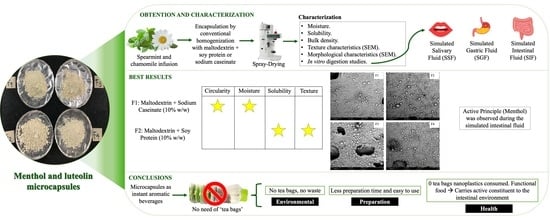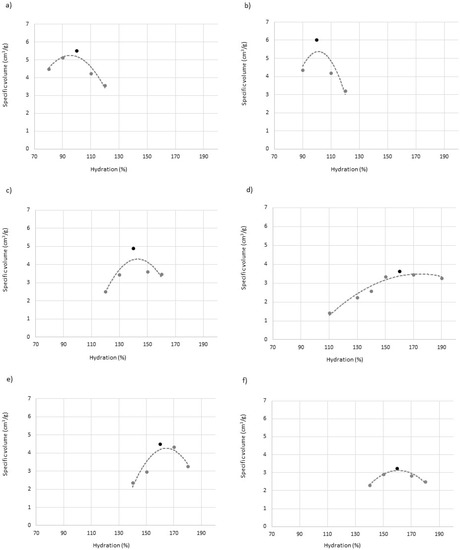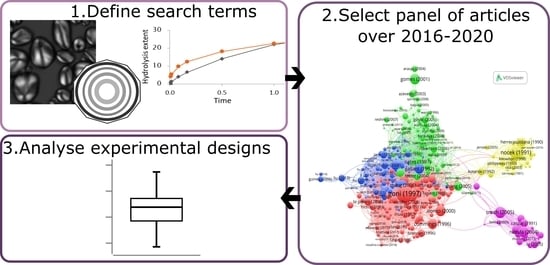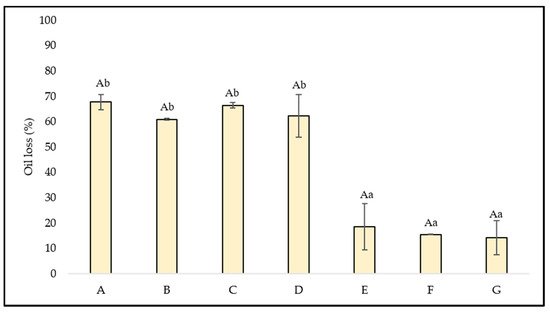Food Hydrocolloids Science
A topical collection in Foods (ISSN 2304-8158). This collection belongs to the section "Food Physics and (Bio)Chemistry".
Viewed by 14546Editors
Interests: food structure; bioactive compounds; food digestion; functional foods; agricultural by-products; hydrocolloids
Special Issues, Collections and Topics in MDPI journals
Topical Collection Information
Dear Colleagues,
Hydrocolloids are broadly used in food design and development due to their diverse functionalities. On the one hand, hydrocolloids have different functional properties that notably influence the rheological, textural, and organoleptic properties, as well as the stability, of food products. In this regard, they can be used as gelling agents, thickeners, emulsifiers, and foam stabilizers, to inhibit the formation of ice and sugar crystals and to control the release of different compounds (e.g., flavours). On the other hand, the role of hydrocolloids as dietary fibre is an area of increasing importance due to the associated nutritional benefits. Additionally, the structural interactions between hydrocolloids and other components of food can influence the bioaccessibility of healthy compounds in food and therefore impact the diet–health relationship.
Therefore, this Topical Collection focuses on rheological, structural, and organoleptic properties; techno-functional properties; modification of hydrocolloid functionality; hydrocolloids from non-traditional sources (by-products, insects, algae…); health aspects; and applications of hydrocolloids in the food industry.
Prof. Dr. Isabel Hernando
Prof. Dr. Amparo Quiles
Collection Editors
Manuscript Submission Information
Manuscripts should be submitted online at www.mdpi.com by registering and logging in to this website. Once you are registered, click here to go to the submission form. Manuscripts can be submitted until the deadline. All submissions that pass pre-check are peer-reviewed. Accepted papers will be published continuously in the journal (as soon as accepted) and will be listed together on the collection website. Research articles, review articles as well as short communications are invited. For planned papers, a title and short abstract (about 100 words) can be sent to the Editorial Office for announcement on this website.
Submitted manuscripts should not have been published previously, nor be under consideration for publication elsewhere (except conference proceedings papers). All manuscripts are thoroughly refereed through a single-blind peer-review process. A guide for authors and other relevant information for submission of manuscripts is available on the Instructions for Authors page. Foods is an international peer-reviewed open access semimonthly journal published by MDPI.
Please visit the Instructions for Authors page before submitting a manuscript. The Article Processing Charge (APC) for publication in this open access journal is 2900 CHF (Swiss Francs). Submitted papers should be well formatted and use good English. Authors may use MDPI's English editing service prior to publication or during author revisions.
Keywords
- structure
- rheology
- biopolymers
- digestibility
- sensory properties
- food design
- health













